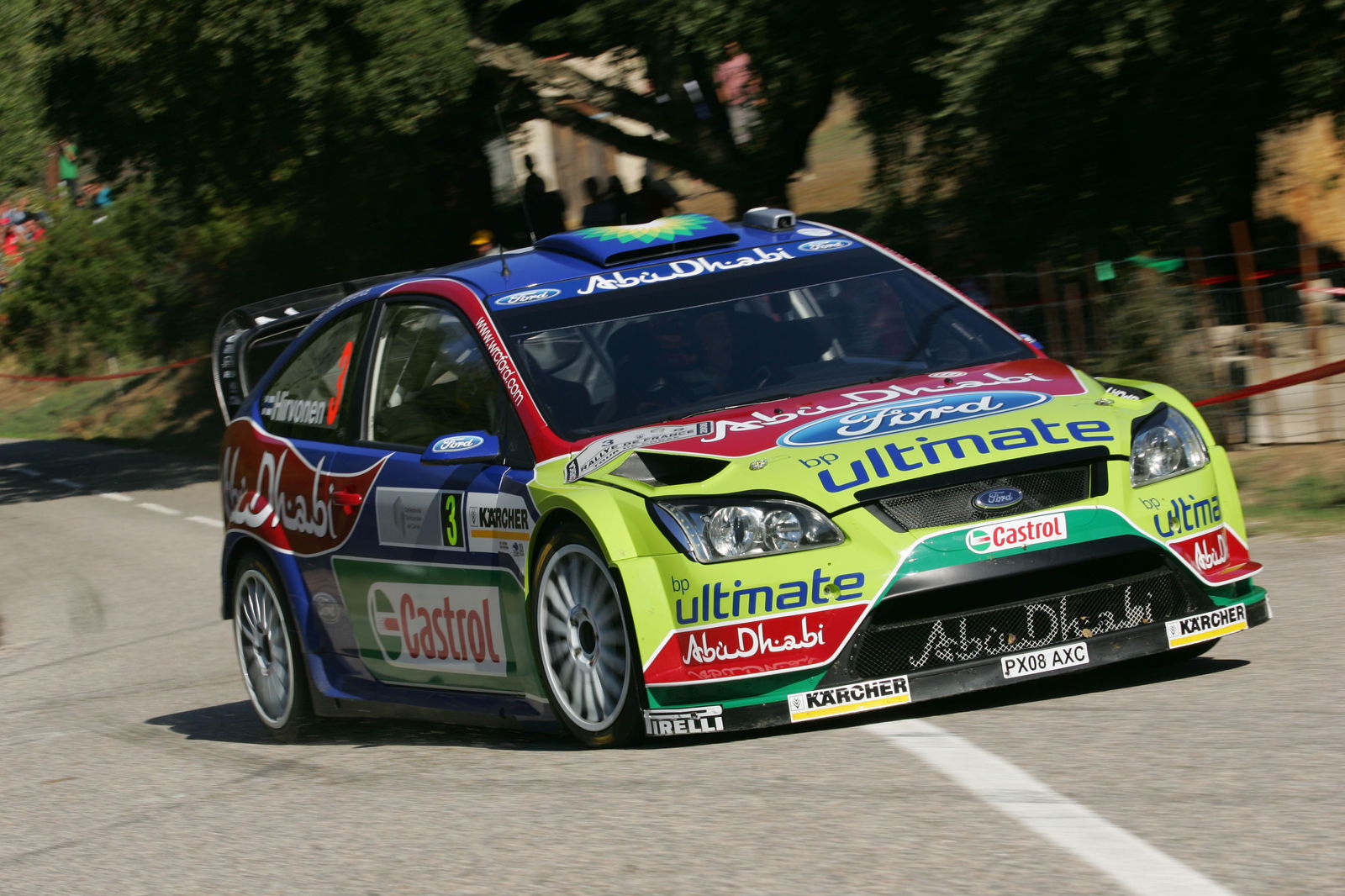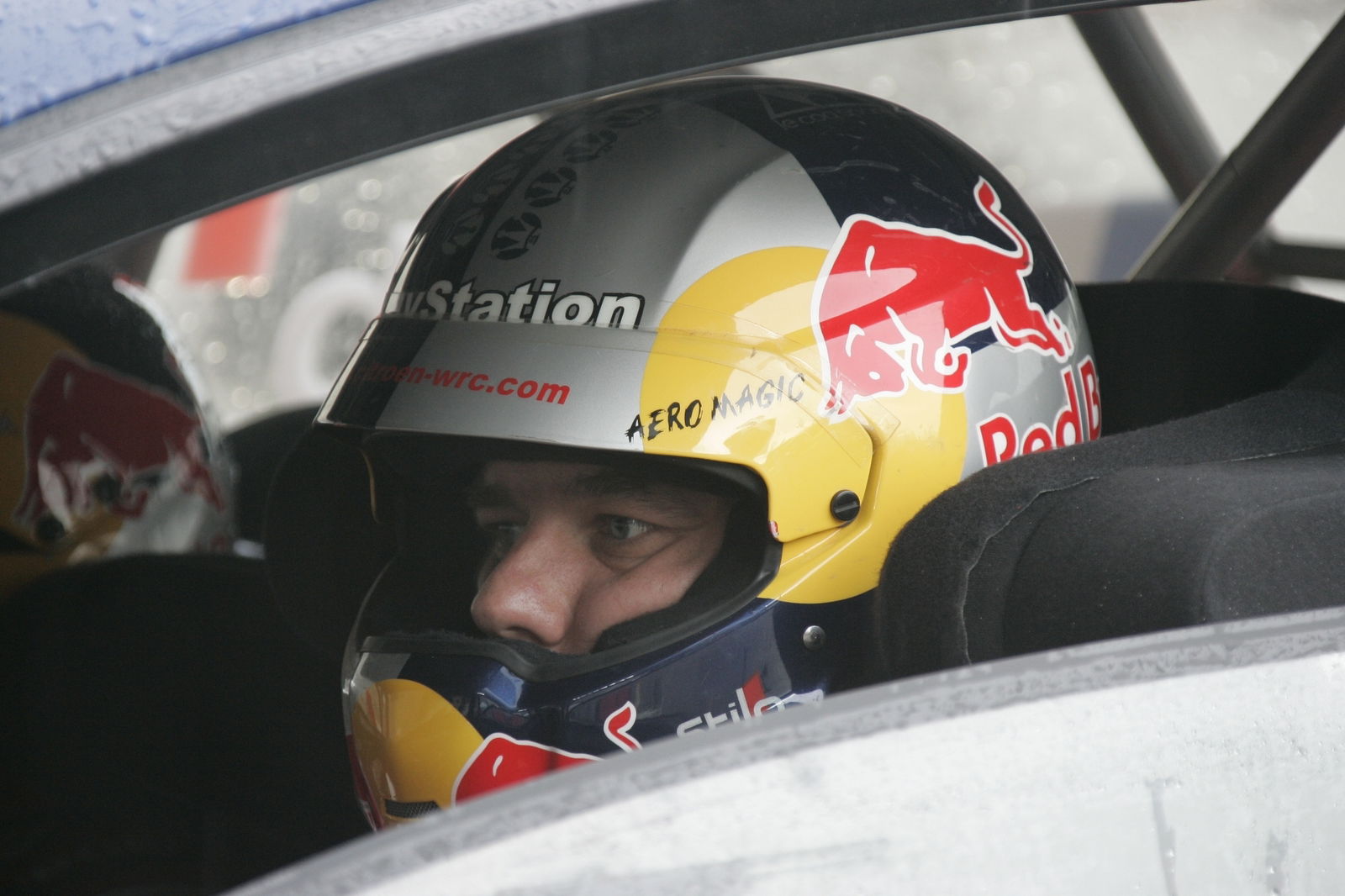AAIB reveals McRae crash findings
The Air Accident Investigation Branch has issued its report into the helicopter crash that claimed the life of 1995 World Rally Champion Colin McRae, revealing that the cause of the accident could not be 'positively determined'.
McRae, son Johnny and family friends Graeme Duncan and Ben Porcelli died when the helicopter they were travelling in came down close to McRae's home near Lanark at shortly after 3pm on 15 September 2007.

The Air Accident Investigation Branch has issued its report into the helicopter crash that claimed the life of 1995 World Rally Champion Colin McRae, revealing that the cause of the accident could not be 'positively determined'.
McRae, son Johnny and family friends Graeme Duncan and Ben Porcelli died when the helicopter they were travelling in came down close to McRae's home near Lanark at shortly after 3pm on 15 September 2007.
Accident investigators were able to gather evidence from witnesses and make use of some video footage captured onboard by Duncan to try and determine what may have caused the incident, although the aircraft 'was not fitted with, and not required to be fitted with, an accident data or cockpit voice recorder'.
In its report, the AAIB admitted that it couldn't provide a definite cause for the accident but suggested that McRae had performed moves which subjected the aircraft to 'increased risk'. The AAIB also noted that McRae was flying without a licence - which had run out in 2005 - and without a 'valid type licence' for his own machine, which had run out earlier in 2007.
While 'unlikely', technical faults couldn't be ruled out following the investigation, while the AAIB also suggested that spatial disorientation or servo-transparency - where the pilot is led to believe controls have become jammed - could have played a part in the incident.
"In attempting to fly in the valley at relatively low height and high speed, the pilot was undertaking a demanding manoeuvre," the report - which suggested the aircraft was travelling at around 130 knots - read. "With the aircraft initially banked steeply in the opposite direction of the intended turn, descending at relatively high speed and rate of descent, and with a strong tailwind, accurate judgement of the required turn point would have been very difficult.
"The risk was that the pilot would start to turn late, come into unexpectedly close proximity of the terrain immediately ahead, and need to fly a harsh manoeuvre to avoid it. Even had the turn started in the correct place, it would have been difficult to judge, given the helicopter's speed, the nature of the valley, the lack of a good horizon reference, and the effect of the wind.
"A high-speed, low-level turning manoeuvre in the heavily wooded valley was a demanding one, which would have subjected the helicopter and its occupants to an increased risk. The circumstances of the accident, which included a strong tailwind, suggest that the pilot needed to fly an unexpectedly high performance manoeuvre which led to, or contributed to, the flight path deviation.
"The helicopter crashed in a wooded valley while manoeuvring at high speed and low height. The cause of the accident was not positively determined. Although no technical reason was found to explain it, a technical fault, whilst considered unlikely, could not be ruled out entirely. It is more likely that the pilot attempted a turning manoeuvre at low height, during which the helicopter deviated from his intended flight path. This may have been due to the pilot encountering handling difficulties, misjudgement, spatial disorientation, distraction or a combination of factors.
"The available evidence indicated that the helicopter was intact when it struck the trees and that the engine was delivering power. The aircraft's trajectory suggested that the pilot was in control of the aircraft at the time of impact and was attempting to recover from a significant deviation from his intended flight path when the helicopter struck the trees."

